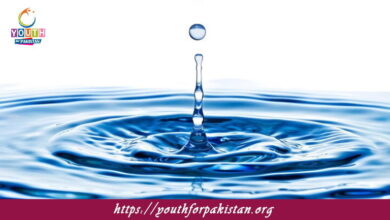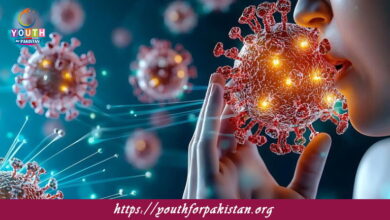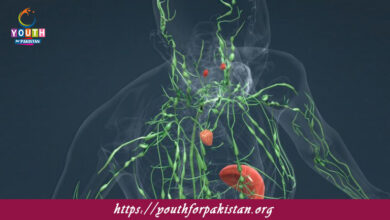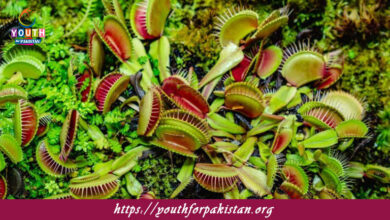Respiratory System MDCAT Quiz with Answers
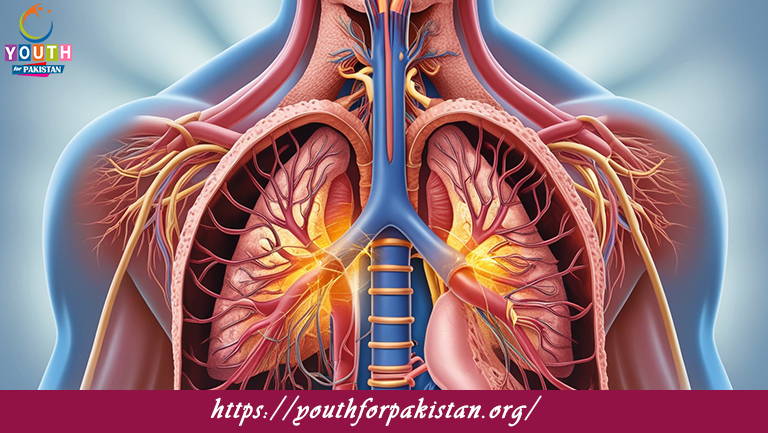
Respiratory System MDCAT Quiz; The respiratory system is responsible for gas exchange between the body and the environment—oxygen and carbon dioxide. The process is vital for cellular respiration, providing oxygen for the production of energy and removing carbon dioxide, which is a waste product of metabolism. MDCAT students must learn the anatomy and physiology of the respiratory system. The MDCAT Quiz on the Respiratory System will test your knowledge of the lungs, airways, and mechanics of breathing, ensuring a deep understanding of this most critical system.
Anatomy of the Respiratory System
The respiratory system comprises the nose, pharynx, larynx, trachea, bronchi, and lungs. In order to breathe in, one needs to draw air through either the nose or the mouth into the trachea; the air then splits into the left and right bronchi, leading to each lung. The bronchi in the lungs branch again into bronchioles and end in alveoli, the site of gas exchange. Questions in the MDCAT Quiz will cover this detailed structure of each component and its function in respiration to help an efficient exchange of gases.
Mechanisms of Breathing and Gas Exchange
Breathing involves two main phases: inhalation and exhalation. During inhalation, the diaphragm and intercostal muscles contract, expanding the chest cavity and drawing air into the lungs. Exhalation is the process of expelling carbon dioxide-rich air. Gas exchange occurs in the alveoli, where oxygen diffuses into the blood, and carbon dioxide diffuses out to be exhaled. A Free Flashcard on the mechanics of breathing can help you quickly review the steps involved in respiration, which is essential for understanding respiratory function in health and disease.
Quiz on the Respiratory System
Taking a MDCAT Quiz on the respiratory system will allow you to review how well you understand the lungs and the exchange of gases that occurs during breathing. The quiz will include questions on the anatomy of the respiratory tract, the mechanism of breathing, and the physiological processes involved in gas exchange. Moreover, Free Flashcards on respiratory processes will help in reinforcing key concepts and terminology relevant to doing well on the MDCAT exam.

The main function of the respiratory system is to ________ oxygen and remove carbon dioxide.
Exchange gases

The ________ is the flap of tissue that covers the windpipe to prevent food from entering the lungs.
Epiglottis

The ________ is the structure where air is warmed and moistened before entering the lungs.
Nasal cavity
Experience the real exam environment with our expertly designed collection of over 25,000 MCQs MDCAT Mock Tests.


